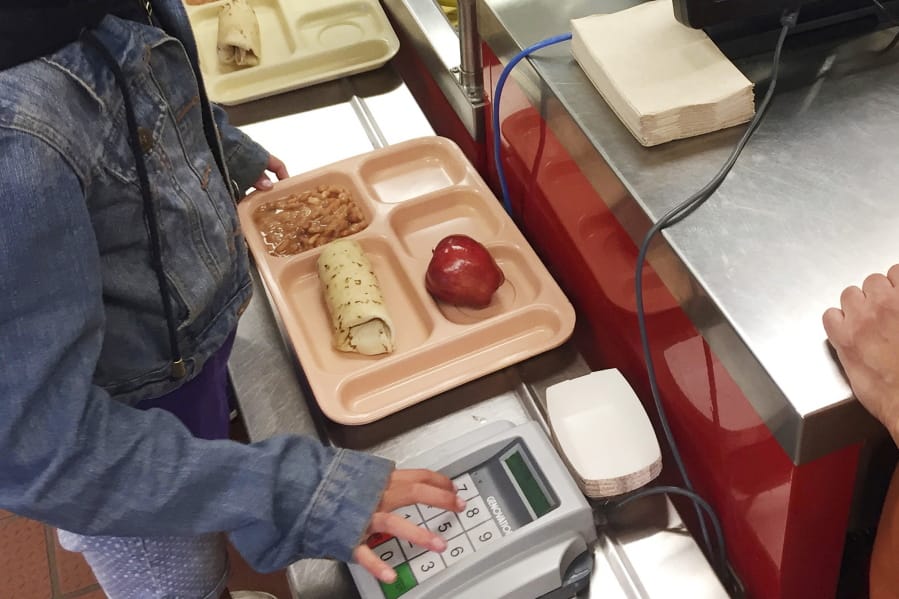WASHINGTON — The Trump administration has announced plans to cut back school lunch nutrition standards led by former first lady Michelle Obama.
The proposed rule announced Friday would increase “flexibility” for vegetable requirements and allow schools to change fruit servings during breakfast in favor of meats or meat alternatives, according to the U.S. Department of Agriculture.
The proposal takes a hit at one of Obama’s key achievements under the Healthy, Hunger-Free Kids Act as she celebrated her birthday Friday. The law, signed in 2010, set a minimum for fruit, vegetables and whole grain servings and set a maximum for sodium, sugar and fat content among other requirements.
Some schools faced challenges under the new requirements as the cost of lunches increased. One school district in North Carolina saw school lunches increase 55 cents between 2015 and 2018. Before the 2016-2017 schoolyear, the district hadn’t raised prices since 2010.



